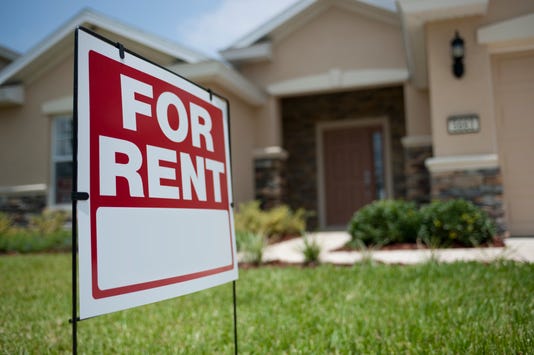Addressing the Millennial Housing Crisis

As millennials are now seeking living accommodation, availability, cost and response time to build are primary concerns for investors and builders. The housing market is looking for investors to assist with funding for these concerns in a rapidly growing marketplace.
What the marketplace is looking for is a reboot of the 1950’s housing styles. Millennials are no longer looking for large mansions that make a statement. They are looking for affordability and quality in a single-family home, either for rent or rent to own.
In the 1950’s, newly built homes were usually 800 to 1200 square feet. They worked out great for new families starting out, and were affordable and durable. In addition, they were also expandable. Room additions were common to expand living space on an as needed basis.
Now fast forward to today – how do you respond to sudden market changes with the flexibility to address affordability, expandability, and quality? GCI structural composite panels address all of these needs.
Imagine the ability to produce rental and rent to own homes that are durable, as well as resistant to almost all concerns such as water, termites, mold, and wind, to name a few, and the ability to completely build a 1,000 square foot house in 3 days. Construction can be achieved with a team of 2 skilled and 4 unskilled labor force.
Taking this one step further, imagine that you also owned and controlled the panel production line that produces 1 panel per minute with 6 workers. This GCI plant produces 60 panels per hour, 480 per shift. A typical 1,000 square foot ranch style home requires about 100 panels, so you will produce 4.8 homes worth of panels per shift.
Interior walls are constructed using plaster board over 3/8th exterior grade plywood. Normal wall damage commonly associated with renters becomes a non-issue. You can hang all common items like cabinets, mirrors, TV’s, or shelving anywhere without damage, and yet have remarkable strength in the attachment.
Regarding future room additions, we recommend building on a slab and pouring additional concrete for a sizeable attached patio or future room addition. Pre-run any utilities in the pad that may or may not come into play for the homeowner. Then, when it is time to expand the home to accommodate little ones, the owner could (over a weekend or so) build their room addition with friends or your company could have a predetermined room addition cost. If your company is building the room addition, it would take no more than a day, start to finish.
Using GCI structural panels is a great option to simplify things and can make life easier for the renter or potential homeowner in their building decisions. The possibilities are endless, the response time unexpectedly fast, and the cost to build remarkably low!
For more information visit www.gorillacomposites.com or contact Terry Lammers at terry@innovativeba.com or 618-688-2018.
Best Regards
Gregory J. Leja
CEO / CTO Gorilla Composites Inc.
